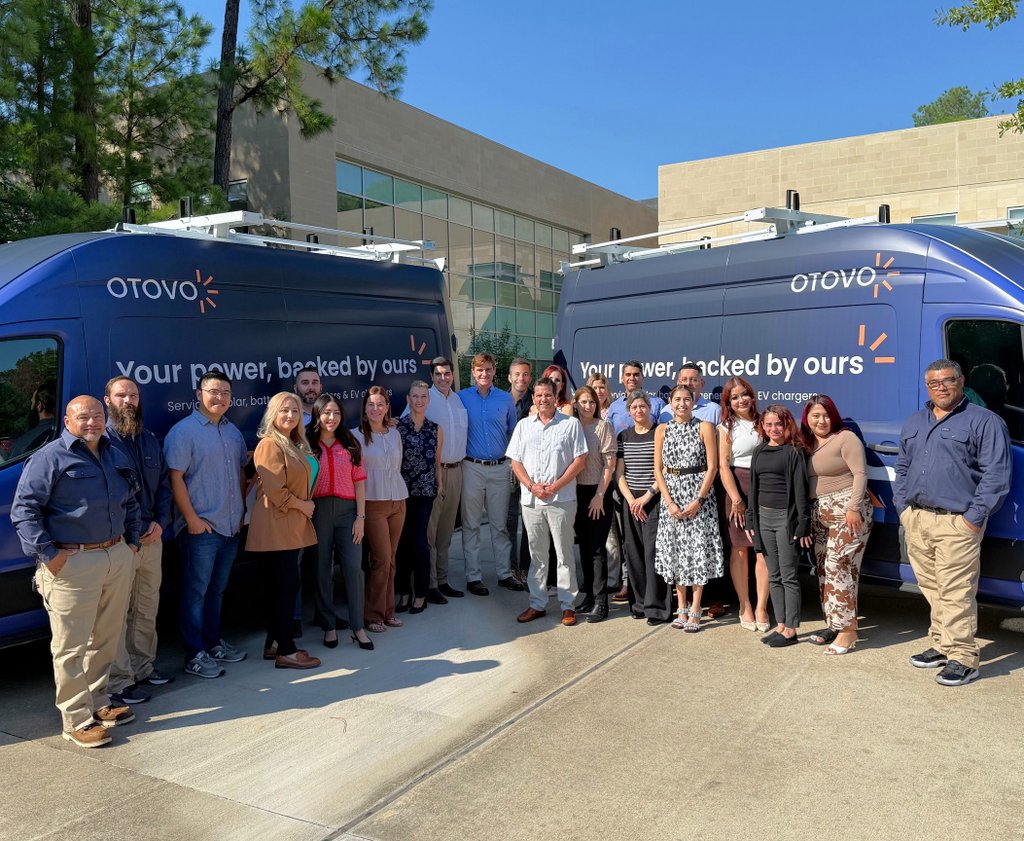What is Next?
The PV industry keeps growing, as does the demand for better inverter technologies.
The news that the Americas PV market more than doubled the first half of 2012 comes as no surprise — panel prices continue to fall and installations are on the rise. With this massive increase in capacity (the market is expect to reach 4.3 GW by the end of the year, according to IMS Research), inverter companies have been called upon to manufacture bigger and better products. They’re approaching new commercial and utility-scale platforms using smarter and more efficient technologies. The future of the industry really lies in their hands.
KEY PLAYERS
A recent report from IMS Research expects the global PV inverter market to grow by 23 percent in 2012. The analysis found that in 2011, global inverter shipments grew by more than 12 percent, despite the excess inventory overhang from the prior year, and reached 27 GW, but the European market shrank considerably. Europe’s dominance of the PV inverter market is predicted to continue to wane due to its two biggest markets, Germany and Italy, facing significant reductions in their annual installations.
“Europe’s share of PV inverter shipments and revenues was over 80 percent in 2010; however, we forecast this to fall to less than 40 percent in 2016 and revenues not to return to 2011 levels in the next five years,” says Ash Sharma, director of the IMS Research PV practice, in a press release. “This in itself presents a huge challenge to suppliers, which are mainly European, with the majority of their facilities and customers located in that region.”
As the European market shrinks and becomes saturated, it’s clear inverter manufacturers need to turn to other areas. At this year’s Solar Power International, many European companies introduced new inverters (awaiting UL approval) to the North American market, including REFUsol, Bonfiglioli and others, all touting ease of installation and high efficiencies. The American inverter market has many new and old players, and that competitive nature could help push the industry to where it needs to be — grid parity.
“[The solar industry] is a very stable and mature industry, and the players in it are very mature companies and very cautious,” says Kent Breaux, global director of renewable sales and marketing at American Electric Technologies Inc. (AETI). “We’ll continue to drive to grid parity. We encourage all vendors, whether they be competitors or others, to really push the envelope. We need to continue to do that.”
WHAT THE FUTURE HOLDS
Solar Builder spoke with various members of the inverter community to find out how the market has grown and where the next few years will take us.

Kent Breaux, global director of renewable sales and marketing at American Electric Technologies Inc. (AETI)
“I think we’ll see in the future that these things will continue to get smarter. With more and more solar power being put on the grid, we have been asked to help solve some of the more complex problems on the interconnection side. Things like low voltage ride through (LVRT), things like monitoring the system, being able to control and aggregate the individual data, having the ability to support energy storage.
“Most of these problems could only be solved with a Band-Aid, meaning it’s for very small time periods. We can solve these problems without storage of energy of some appreciable amount. For [energy storage] to work properly, you’ve got to have some high technology inside the inverter to manage that.”

Mike Dooley, vice president of marketing with AE Solar Energy
“On the commercial scale and utility-scale, you’re really seeing higher DC-to-AC ratios being put on systems. What used to be a 1.1 ratio is now 1.3 to 1.5, and that really changes the operating envelope of the inverter itself. So efficiency becomes less important and overall uptime of the system becomes more important. You’re seeing more work done on interactive controls and feedback to O&M systems, tying that whole thing together. For us, we have over 350 MW of systems in our O&M fleet and we tie all that back and monitor that so that we can optimize customers’ up-time because that becomes a bigger and bigger factor.”
“Inverter technology will continue to be refined as PV installations in all power classes grow in number and diverse applications demand more mature technology and higher efficiencies. Solar inverters will also be equipped with even more advanced grid management functions and solidify their role as a utility cornerstone for grid support.
“Solar professionals need reliable, long-lasting inverters that will provide flexibility for installation and will meet utility-required grid management specifications. And of course, solar professionals are looking for an inverter that provides maximum efficiency and superior, quality performance. Along with technology, the market needs investment-grade partners that can be relied on for many years to come.”
“Over the years, solar inverters have become more efficient and sophisticated with respect to their system-level optimization of cost and performance. Some examples include: more sophisticated topology and higher efficiency components; NEMA4 outdoor rating (in large utility-scale products to reduce periodic maintenance); significant changes of electrical parameters to extend input and output voltage in order to drop the cost of wiring and transformers; and more sophisticated communications and introduction of grid support functions such as frequency drop, fault ride through and reactive power.
“As PV costs decline, more regions will reach gird parity and further expand the market, enabling them to take advantage of these innovations. Within 2016, most of the countries in the world will be at grid parity at least in the residential and commercial segment. On one hand this will economically open the market; however, there is another challenge the PV industry has to take, which is the technical sustainability of PV that implies the integration of PV with storage and its close integration with the upcoming e-mobility.







Comments are closed here.